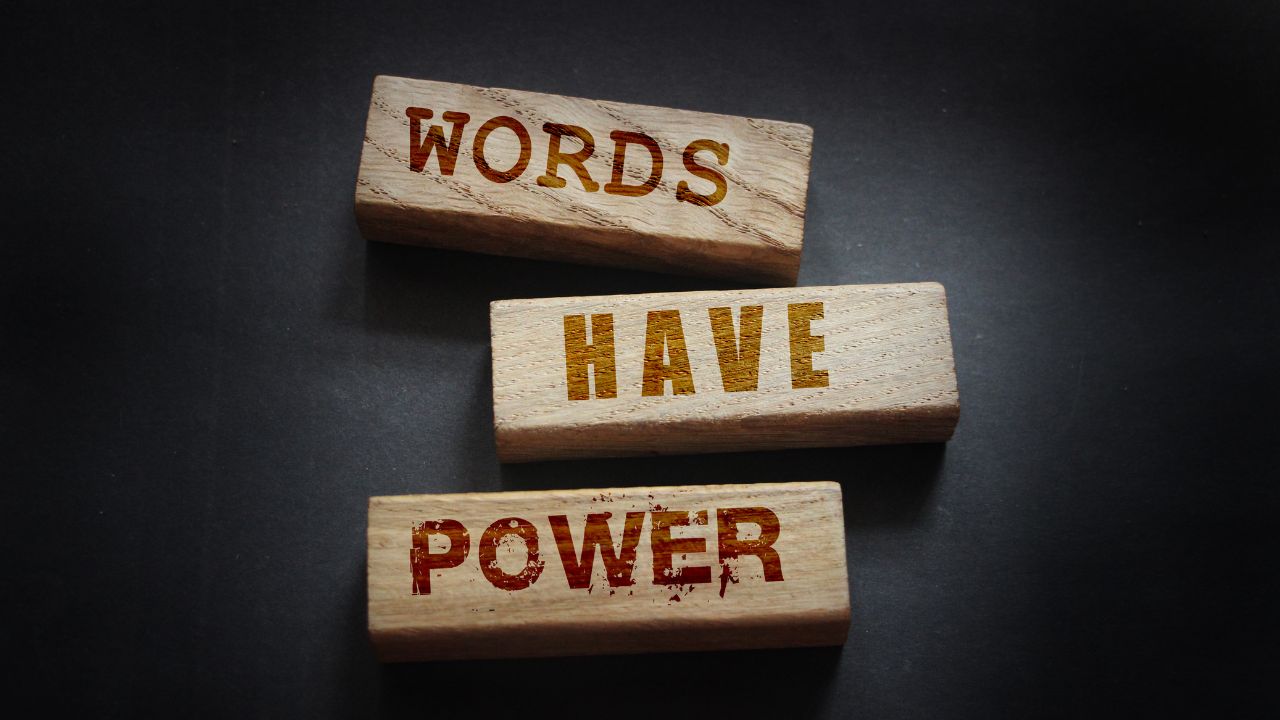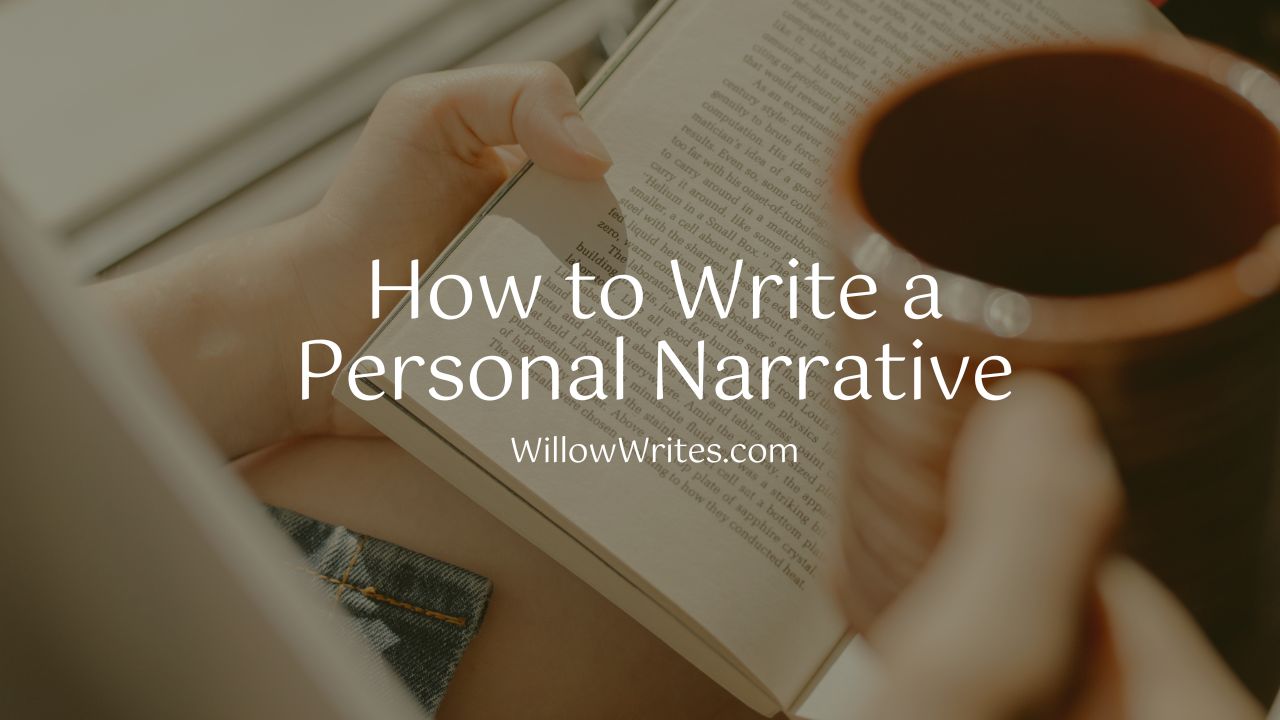Have you ever been so captivated by a book, article, or blog post that it felt like time was standing still? Then chances are the writer had crafted an incredibly effective writing hook. But what is this magical tool, and how can we use it to ensnare our readers’ attention? Writing hooks aren’t just about snagging readers but rather creating intrigue for them with your content from the get-go! So let’s dive in and check out some tips on crafting masterful writing hooks.
A writing hook is a captivating phrase that entices the reader immediately and keeps them hooked until the end. It’s an effective tool to draw readers in with its magnetic appeal while creating interest in what lies ahead. In other words, it adds suspense and excitement like no other!
Ready to spellbind your readers? This article will reveal the key to an irresistible writing hook: one that’s sure to captivate and allure. Get ready for a wave of curiosity!
Key Takeaways:
- A writing hook is a captivating phrase or sentence that entices the reader and keeps them engaged until the end.
- The key to a successful hook is understanding your target audience and their interests, connecting with them through personal anecdotes, and captivating them with a hook that elicits emotions, raises questions, surprises them, relates to them, or draws upon statistics.
- The five hooks are emotional, question, surprise, anecdote, and statistical.
- To craft a successful hook, the writer must tailor it to their target audience and use it to create an unbreakable bond with the reader.
Connecting with Your Audience Through Writing Hooks
Have you ever wondered why some writing can draw in readers and keep them captivated? The key is to create an impactful introduction, or ‘hook’, that will immediately grab their attention. Crafting the perfect hook requires understanding your audience; it should be tailored specifically for those who are most likely to read and enjoy your work!
Identifying the Target Audience
A great writing hook starts with understanding your audience – the people who you’re hoping to engage and captivate.
Who will be reading? Is it potential customers looking for a new product or service solution, or are there certain readers in mind that could benefit from what you have to offer?
Knowing exactly who is on the other side of that message can make all the difference when crafting something worth taking notice of.
Understanding Reader Interests
Got your target audience in mind? Great – it’s time to explore their interests and start brainstorming content ideas that’ll really get them talking.
What can you create that they won’t be able to resist? Brainstorm captivating topics and hooks, then watch as eager readers dive right into your material!
Creating a Connection with the Reader
The key to captivating readers with your writing is creating an unbreakable bond between you and them. Showing off how passionate or knowledgeable you are about the topic can do wonders and provide personal stories that people from a similar background will appreciate.
It’s impossible not to be drawn in by someone who connects their piece on such levels – so don’t forget to make those connections for increased engagement!
Captivate Your Audience with Different Types of Writing Hooks
Every writer knows the importance of a good hook. A hook is the first sentence or two that grabs the reader’s attention and convinces them to keep reading. It’s an effective tool for drawing readers in. This section will discuss five hooks you can use to capture your reader’s attention: emotional hooks, question hooks, surprise hooks, anecdote hooks, and statistical hooks.
Emotional Hooks
An emotional hook aims to draw on readers’ emotions to get them invested in what they’re reading. With this type of hook, you want to evoke strong feelings such as fear, anger, sadness, or joy in order to spur the reader into action.
For example, suppose you are writing about climate change and its effects on the environment. In that case, you could start your article with a sentence like “Every day, we hurtle closer towards a future where our planet will no longer be able to support life as we know it.”
This type of statement can elicit a powerful emotional response from readers and motivate them to take action against climate change.
Question Hooks
Using questions is another great way to get readers hooked on your writing. Asking provocative questions can make readers think more deeply about a topic and encourage them to read further to find more information or answers.
For instance, if you were writing an article about gun control reform in America, you could start off with a question like “Why do so many politicians refuse to take meaningful steps toward reforming our nation’s gun laws?” This question encourages the reader to delve deeper into your article in search of answers.
Surprise Hooks
Surprise hooks are a great way to draw readers in by making them curious about what comes next. You can surprise your audience by using unexpected words or phrases that force them out of their comfort zone and compel them to keep reading.
For example, if you are writing an article about Facebook censorship policies, you could begin with something like “Facebook has often been criticized for its draconian approach towards censorship.”
This type of statement may catch some readers off guard and make them want to learn more about how Facebook regulates content on its platform.
Anecdote Hooks
Anecdotes are short stories that illustrate a point or teach a lesson. When used as writing hooks, they can help engage readers by making complex topics more relatable and understandable.
For instance, if you were writing an article about mental health stigma in society today, you might open with something like, “When I was younger, I had difficulty understanding why people treated my mental illness differently than any other medical condition.”
By sharing personal experiences as anecdotes, writers can help foster empathy among their audiences and give insight into difficult topics from unique perspectives.
Statistical Hooks
Statistical hooks draw upon facts and figures related to your topic in order to provide context for readers and make complex topics easier for them to grasp quickly.
For instance, if you are writing an article about poverty rates around the world, starting off with something like “Nearly 1 billion people live below the global poverty line,” provides useful information that allows readers to see the magnitude of this issue at hand quickly.
This hook also gives credibility since it’s backed up by hard data, which helps persuade readers to learn more.
No matter what type of hook you choose, it should always be creative, engaging, relevant, and thought-provoking. The key is finding one that works best for your particular topic. Whether it’s an emotional hook, question hook, surprise hook, anecdote hook, or statistical hook – there’s sure one out there that will captivate your intended audience!
Writing Catchy Hooks: Strategies to Get Your Readers’ Attention
You only have a few seconds to capture your readers’ attention. That’s why it’s important to write effective hooks that draw readers in and make them want to read more. But how do you craft an effective hook? Here, we explore strategies for brainstorming hook ideas, choosing the right hook for your piece, using sensory details in hooks, and incorporating hooks into your writing.
Brainstorming Hook Ideas
Before writing a hook, you must get creative and brainstorm some ideas. To do so, think about who your intended audience is and what will be meaningful or relevant to them.
Ask yourself questions such as “What questions could I ask my readers?” or “What kind of story can I tell?”. These questions will help you come up with ideas for your hook that are tailored specifically to your audience.
Additionally, consider the tone of voice that will work best for your piece—you may find humor or shock useful in certain contexts. In contrast, something more serious and thoughtful may be better suited for other writing pieces.
Choosing the Right Hook for Your Piece
After coming up with a list of potential ideas, it’s time to choose the one that works best for your piece.
The most effective hooks are those that lead naturally into the rest of the article or book—they should give readers an idea of what the content is about while leaving enough out for readers to be curious about what comes next.
Consider how long your hook should be; if it’s too long-winded, it will lose its power since readers tend not to stay on one page very long these days. Aim for shorter hooks (1-2 sentences) whenever possible!
Using Sensory Details in Hooks
Incorporating sensory details into hooks—sight, sound, smell, taste, touch—can make them even more memorable and effective since they immediately create a vivid image in readers’ minds.
For example, imagine reading this hook: “The smell of freshly baked cookies filled the kitchen like a warm embrace.” Not only does this provide a clear picture immediately, but it also sets an emotional tone that makes readers want to know more about what is happening in this kitchen!
Incorporating sensory details into hooks can help draw readers in and make them want to read more.
Good hooks don’t just appear out of thin air; they usually require multiple revisions before they go live! With practice and dedication, you’ll soon master this art form and have compelling hooks ready every time you sit down at your desk!
How to Avoid Writing a Hook That Flops
A good hook can make or break your writing. It’s the first thing a reader sees when they open up your piece, setting the tone for everything that follows.
Because of this, trying to make it as eye-catching as possible can be tempting—but don’t let that temptation lead you astray! In order to write an effective hook, you must avoid certain pitfalls.
Let’s take a look at three that are particularly common.
Being Too Vague
Start off strong with your hook, but if you’re too vague, readers won’t know what you’re talking about and will move on before they get to the good stuff.
For example, a sentence like “There are things we need to consider in life” is too vague—it doesn’t give readers enough information and leaves them wanting more.
Instead, try something like, “We all need to consider the impact our decisions have on those around us and ourselves.” This gives readers a clear idea of what your piece will be about without giving away too much.
Being Too Boring
No one wants their writing to be dull—so why should your hook? If you don’t capture a reader’s attention quickly, they’ll likely put down whatever you’ve written without ever reading beyond the first line or two.
To avoid this pitfall, use vivid language and unexpected metaphors or similes to draw readers in. For instance, instead of saying, “Relationships are tricky,” try something like, “Navigating relationships is like walking through a minefield: one wrong step could spell disaster.”
Being Too Predictable
Hooks should grab attention—but not by being predictable! It’s easy enough for readers to figure out what’s going on in general if they know what genre of writing they’re looking at (for example, if they see the words “romantic comedy,” then they’ll likely have some idea of what’s coming).
But clichés can make your work seem stale and uninspired. Don’t rely on tired tropes; instead, think outside the box and come up with something unique that will really stand out from the crowd!
Writing with a Hook: How to Make Your Content Stand Out
The hook is the first sentence of your article, blog, or story. The opening line grabs readers’ attention and makes them want to read more. A great hook can make all the difference between a successful piece of writing and one that falls flat. In this section, we’ll look at examples of successful hooks from literature and popular articles and compare how hooks work in different genres.
Analyzing Successful Hooks from Literature
In literature, a hook often serves two purposes—to introduce characters and establish the setting. Take, for example, the opening line of F. Scott Fitzgerald’s classic novel The Great Gatsby: “In my younger and more vulnerable years, my father gave me some advice that I’ve been turning over in my mind ever since.”
This sentence instantly introduces us to the narrator, Nick Carraway, and gives us an idea of his character—as someone who takes his father’s advice seriously. We also get a sense of time and place—it’s likely set in America during the early 20th century.
Examining Hooks from Popular Articles
Hooks are just as important in articles as they are in literature. They serve as an introduction to your topic and help draw readers into your piece. Take this hook from an article about artificial intelligence (AI): “For years, Artificial Intelligence has been firmly rooted in science fiction – but now it’s beginning to enter our daily lives.”
This hook immediately captures our attention by bringing up something familiar that most people know—science fiction—and contrasting it with something new—AI entering our daily lives. It sets up an interesting question that encourages us to keep reading to learn more about how AI impacts our lives today.
Comparing Hooks in Different Genres
Hooks come in many shapes and sizes depending on their purpose and genre. In non-fiction pieces such as blog posts or news articles, hooks tend to be factual or intriguing statements about the topic; for example, “The future of healthcare is here – but what does it mean for patients?”
In creative pieces such as stories or poems, hooks can be poetic descriptions or thought-provoking questions; for example, “What if love was like a game of chess? Would you still take risks when all you could lose was checkmate?”
Whatever genre you write in, having an effective hook will help make sure your content stands out among the rest!
Hooks in Fiction, Non-Fiction, and Script Writing
Whether you are writing fiction, non-fiction, or even a script, hooks are essential to any good piece of writing. In this section, we will explore how to use hooks in different forms of writing.
Hooks in Fiction Writing
Fiction writing is all about storytelling and creating believable characters and worlds. A well-crafted hook gives readers a window into the world you have created, tantalizing them and drawing them in for more.
Your hook should be short, but it should also be powerful enough to impact your readers. It could be a question that hints at something deeper or a statement that leaves your reader pondering what comes next—whatever it is, it should give your reader the compelling urge to keep reading!
Hooks in Non-Fiction Writing
Non-fiction writing relies heavily on facts and data, but it can still benefit from a strong hook. Your hook should introduce the article’s topic and provide just enough information to get readers interested without giving away too much information.
Think of it as an appetizer before the main course—it should whet your reader’s appetite for more!
Hooks in Script Writing
Script writing is all about dialogue and action scenes; therefore, it must have captivating hooks throughout each act to keep your audience engaged.
Every scene should start with some hook that introduces the plotline and hints at what will happen next—the goal here is to make sure viewers stay glued to the screen until they see how the story ends!
A good script writer knows how to craft hooks that leave viewers wanting more without revealing too much information too soon.
Whether you are writing fiction, non-fiction, or scripts for TV shows or movies, make sure to include strong hooks throughout each act to keep your audience engaged until the very end! With these tips in mind, you’ll be able to write captivating content every time!
In conclusion, writing hooks are a powerful tool for captivating your audience and keeping them engaged. By understanding your target audience, exploring their interests, and creating a connection with them, you can craft hooks that will make them eager to read more.
Whether you evoke emotions, pose questions, surprise them, tell anecdotes, or use statistics, the key is to make your hook memorable, impactful, and relevant to your audience. Remember, the hook is just the beginning of your story – the rest is up to you to make it as captivating and thought-provoking as possible.











